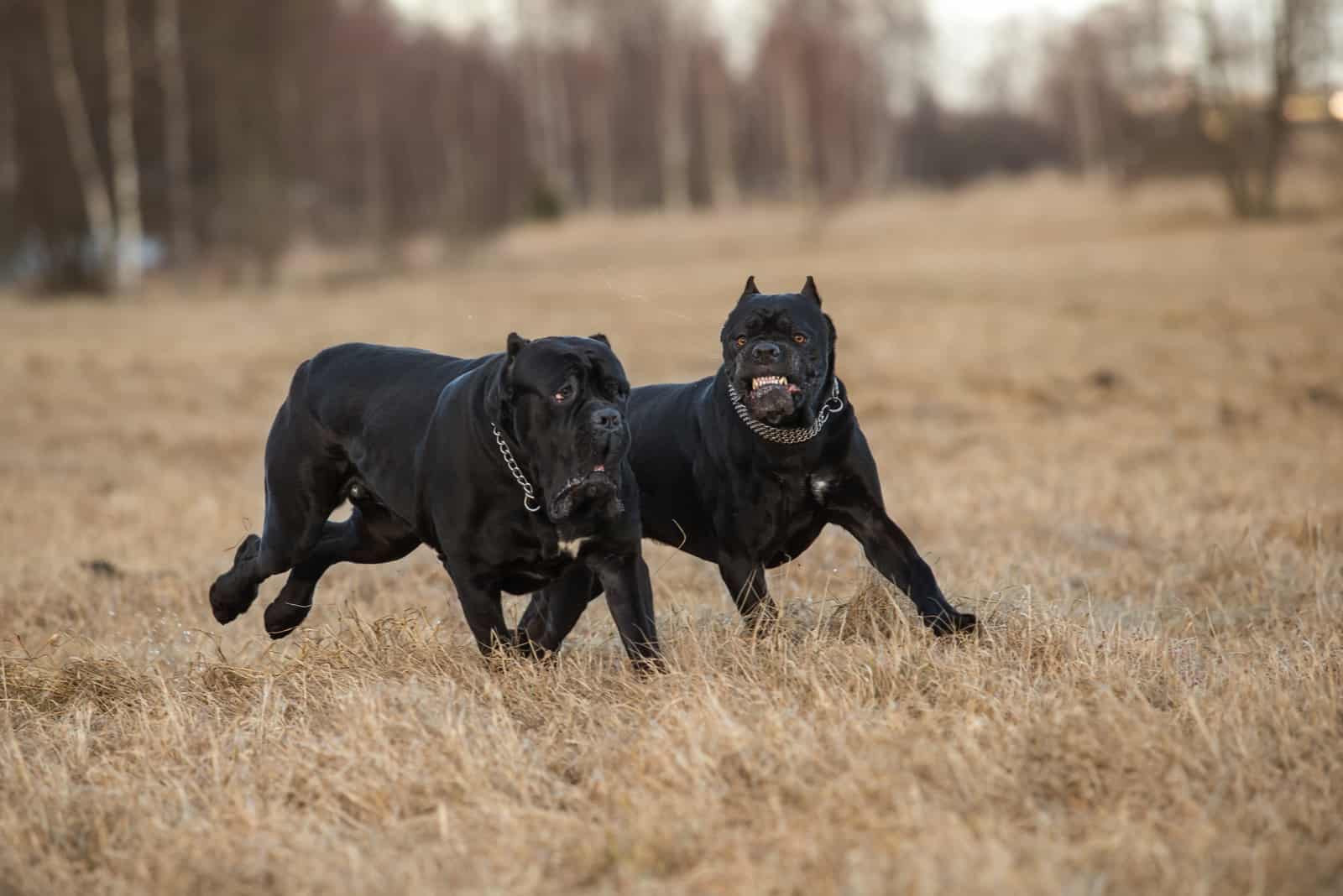Aggression in dogs can come from many things, but innate aggressiveness is not a thing. So, no – your dog wasn’t born aggressive. Something influenced your dog’s behavior during its life, and now he’s showing signs of aggression.
Fear aggression is deemed irreparable. If you hear a dog trainer or dog owner telling you this before trying out everything there is to help your dog – run. Seek another opinion.
You should not get rid of your fear-aggressive dog until you’ve tried it all.
You have to understand where fear comes from, and how it can change the behavior of dogs in order to understand how to help your dog.
One thing is for sure – it will take a lot of time to train your dog that has fear aggression. However, it can be done, and it has been done before!
Don’t give up just yet.
Should I Get Rid Of My Fear-Aggressive Dog?
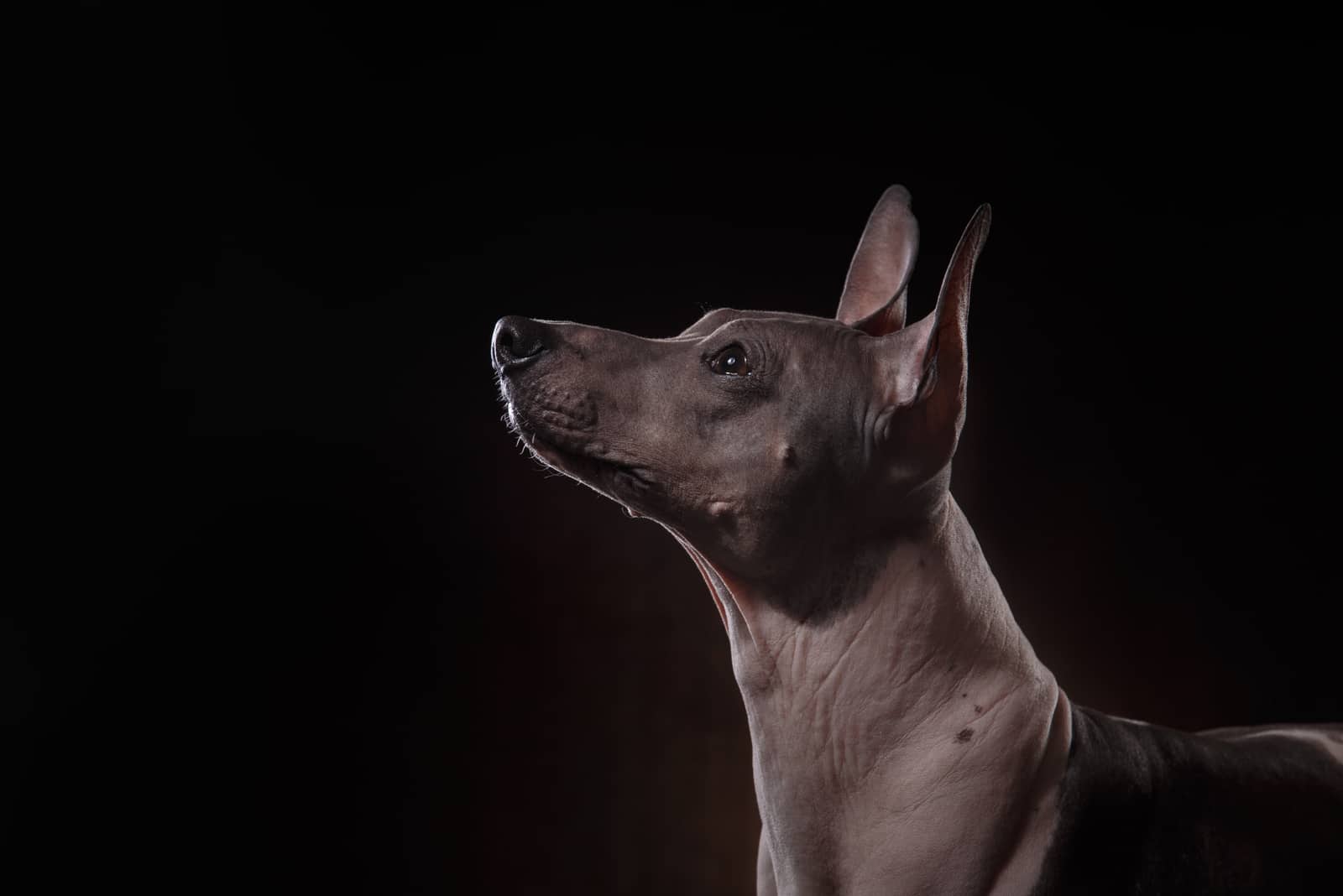
Loud and clear – no, you should not give up on your fear-aggressive dog until you have tried everything there is to try!
Fear aggression is a common behavioral problem in dogs, and it can happen to any dog, no matter if it’s a purebred or a mixed dog. It also doesn’t matter if your dog is a female, male, puppy, or adult dog.
I am going to tell you the common signs of fear aggression in dogs, and then we will go to the important part – what to do to help your dog before you decide to leave him at the shelter.
So, here we go – signs of fear aggression in dogs are:
- Mouth tightly closed
- Nipping
- Ears held back
- Lowering head
- Growling
- Tucked tail
- Trembling
- Showing the whites of their eyes
- Biting
- Wanting to escape
There is no rule on what situation can provoke aggressive behavior. It could be a stranger, a loud noise, or just a feeling they get that makes them scared and aggressive.
Let’s see what you can do before deciding “there is no help” for your dog.
1. Obedience Training
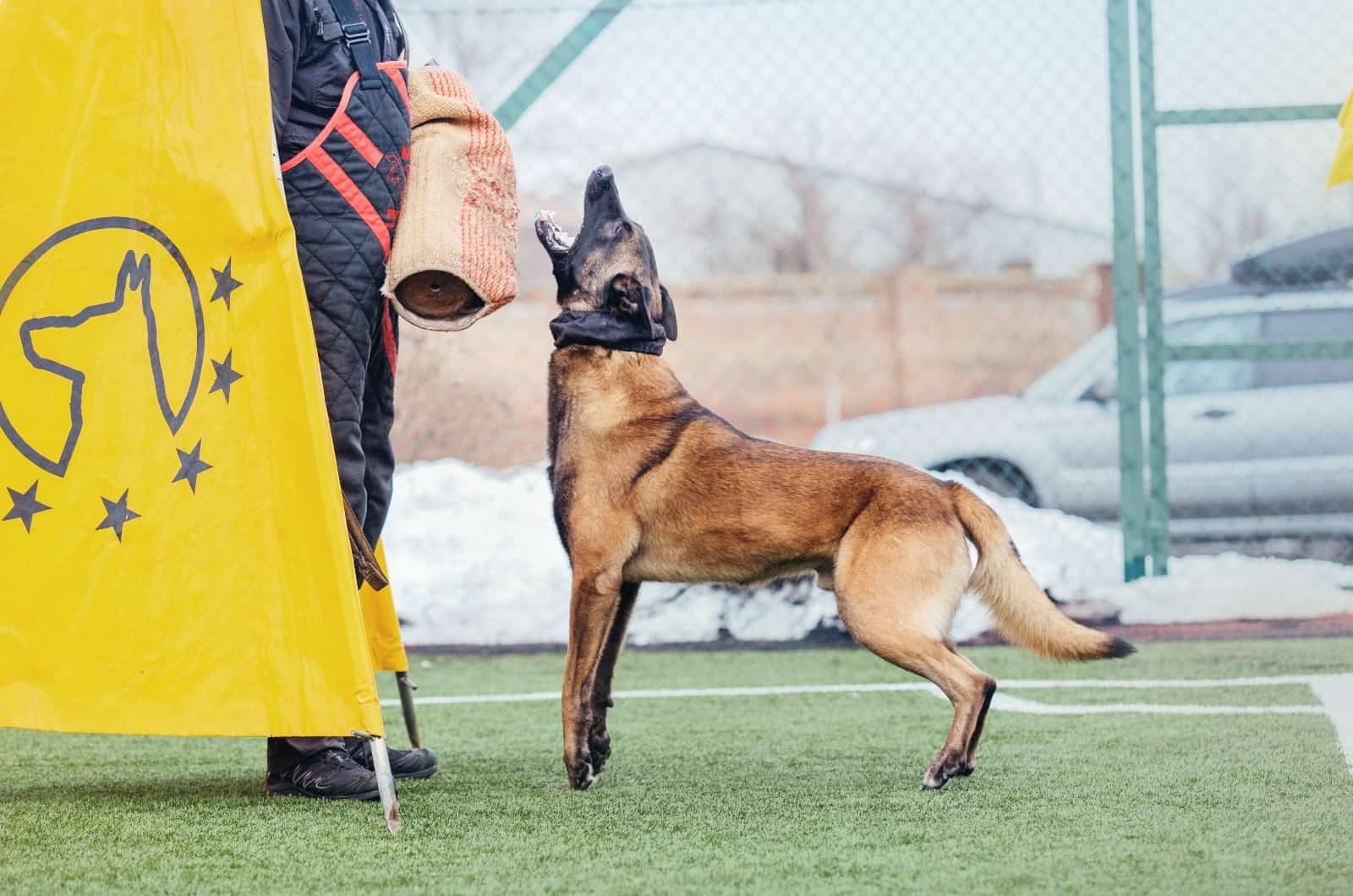
People often go straight to the center of the problem and quite aggressively try to solve the aggression. You can see the irony in it already.
We cannot deal with something that is in the middle by ripping apart layers around it. We need to peel the layers slowly, one by one, to reach the middle.
One of the outer layers is the dog’s obedience.
Start with simple commands that will teach the dog good behavior inside your home first, and then move on to the outside world.
These commands include:
- Sit
- Stand up
- Lie down
- Heel
- Go
- Stop
Never use aggressive methods to teach an already aggressive or fearful dog. Actually, never use aggression no matter the dog and its behavioral problem.
Use a lot of positive reinforcement and treats!
Equip yourself with a treat bag that you can put around your waist, just like a professional dog trainer. This way, you can have a treat ready for your dog, and your dog will be focused on the treat bag as soon as it realizes what’s inside.
Be clear and firm when you say these commands.
But, also be cheerful and with lots of enthusiasm when you say ‘good boy’ or ‘good girl’ when they do something correctly.
A fearful and insecure dog needs a lot of security from you. One of the ways to show your confidence is to clearly and confidently say the commands.
Here is a video to get you started: Teach Your Dog The ‘Heel’ Command
2. Be Alpha
Dogs are pack animals, and they are genetically programmed to follow a pack hierarchy. They are our friends, and we love them very much, but we still need to show them who is the boss.
Not through aggression, verbal or physical, but through commands and communication. Once again, it doesn’t matter if you have a Chihuahua or a Bullmastiff – all dogs need this hierarchy.
If you don’t show yourself as the alpha in your “pack”, your dog will take that role from you, and that’s when all hell breaks loose.
Showing that you are in command and knowing what is the right thing to do is of utmost importance when dealing with a fear-aggressive dog.
Here are some useful steps to help you become the leader of your pack: How To Show Dominance To A Dog
3. Be Calm
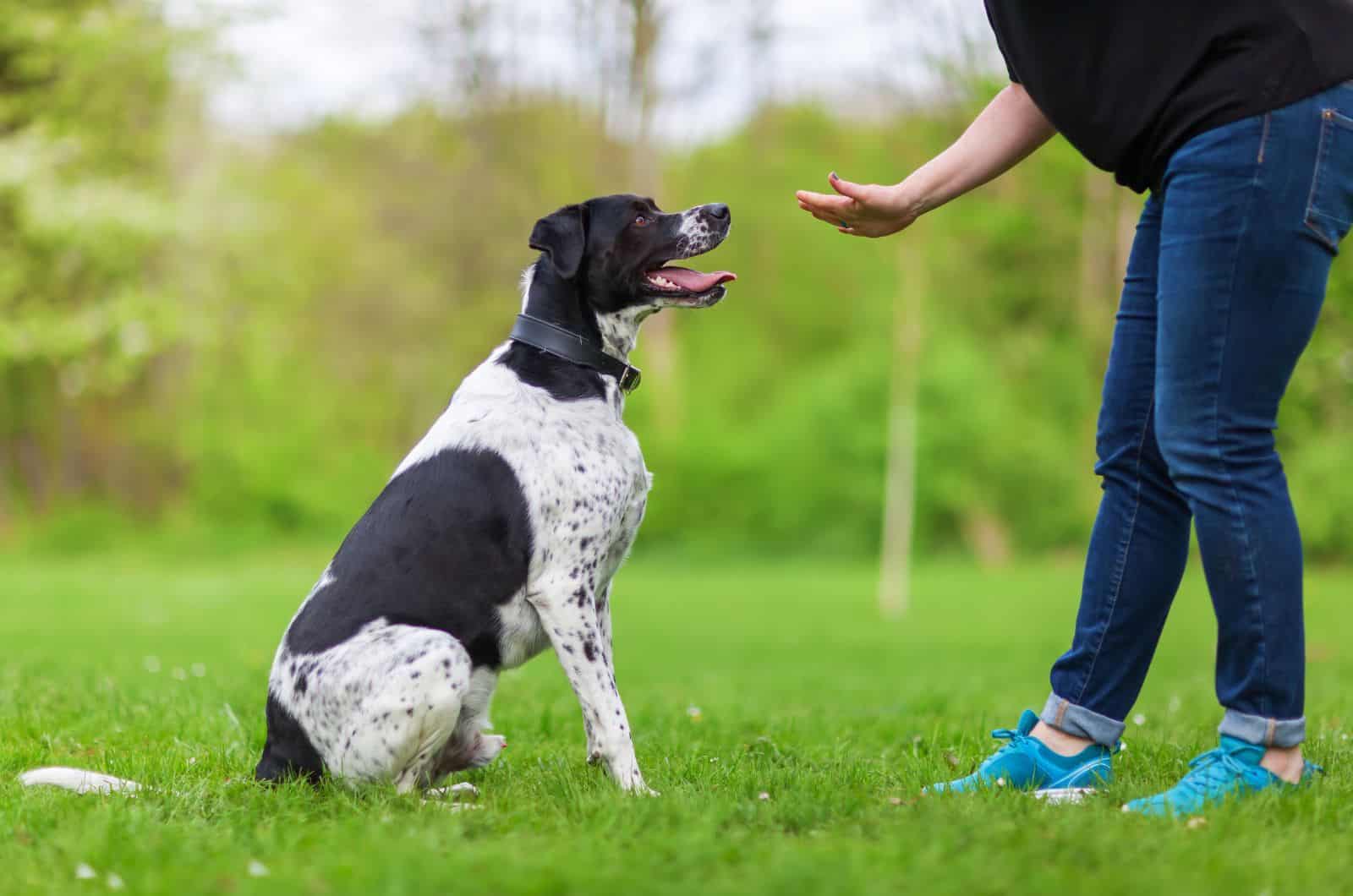
Think of dogs as sponges that soak up our emotions. Whatever “leaks” from us, they soak it up. This is even more obvious in dogs that have aggression problems caused by fear.
If they sense that you are nervous, they will start to act nervous, too. If you leave a trail of anxiety behind you, they’ll walk on that trail and act the same.
Your dog reacts to you, and you need to control yourself first to be able to help your dog. Don’t be afraid, insecure, or aggressive when dealing with a fear-aggressive dog.
If you see someone approaching you while you are having a walk with your dog, don’t start panicking immediately. Drop the bad thoughts about how your dog will attack that person.
Ignore the person and be calm.
Don’t start saying the commands in a hurry as if there is a giant bear coming towards you. Do this instead:
- Stay calm
- Calmly say ‘heel’ to your dog
- Give a quick pull on the leash toward the direction you want your dog to go
- Calmly move off the trail (with your dog)
- Keep saying ‘good boy’
- Go back on the trail (with your dog)
- Give treats
This is how you show your dog that you are calm, and that everything is alright, and you show who is the boss at the same time.
Read Next: Belgian Malinois Training
4. E Collar
This is a good choice when dogs get too flustered, and when the adrenaline kicks in. They either might not react to your voice or you might not say the command correctly, but the collar will give the signal without a doubt.
The e-collars vibrate when you press a button. You don’t have to shout or run after your dog… all it takes is pressing the button and your dog will feel vibrations on its neck.
This works like a charm because it is something completely different from what a dog has been sensing so far.
They will focus on the new sensation on their neck for just enough time for you to draw their attention back to you! Now, you can use other ways; for example, tug a leash or say a command.
Also, an e-collar is good to use even when the dog is not lunging at another dog. You can use the vibrations from the start. Just press the button every time you say the command ‘heel’ or ‘stop’.
After a while, you can stop with the vibrations, and use them just when it is necessary or when you see your dog is not reacting to a verbal command.
Read Next: Shock Collars For German Shepherds
5. Desensitization
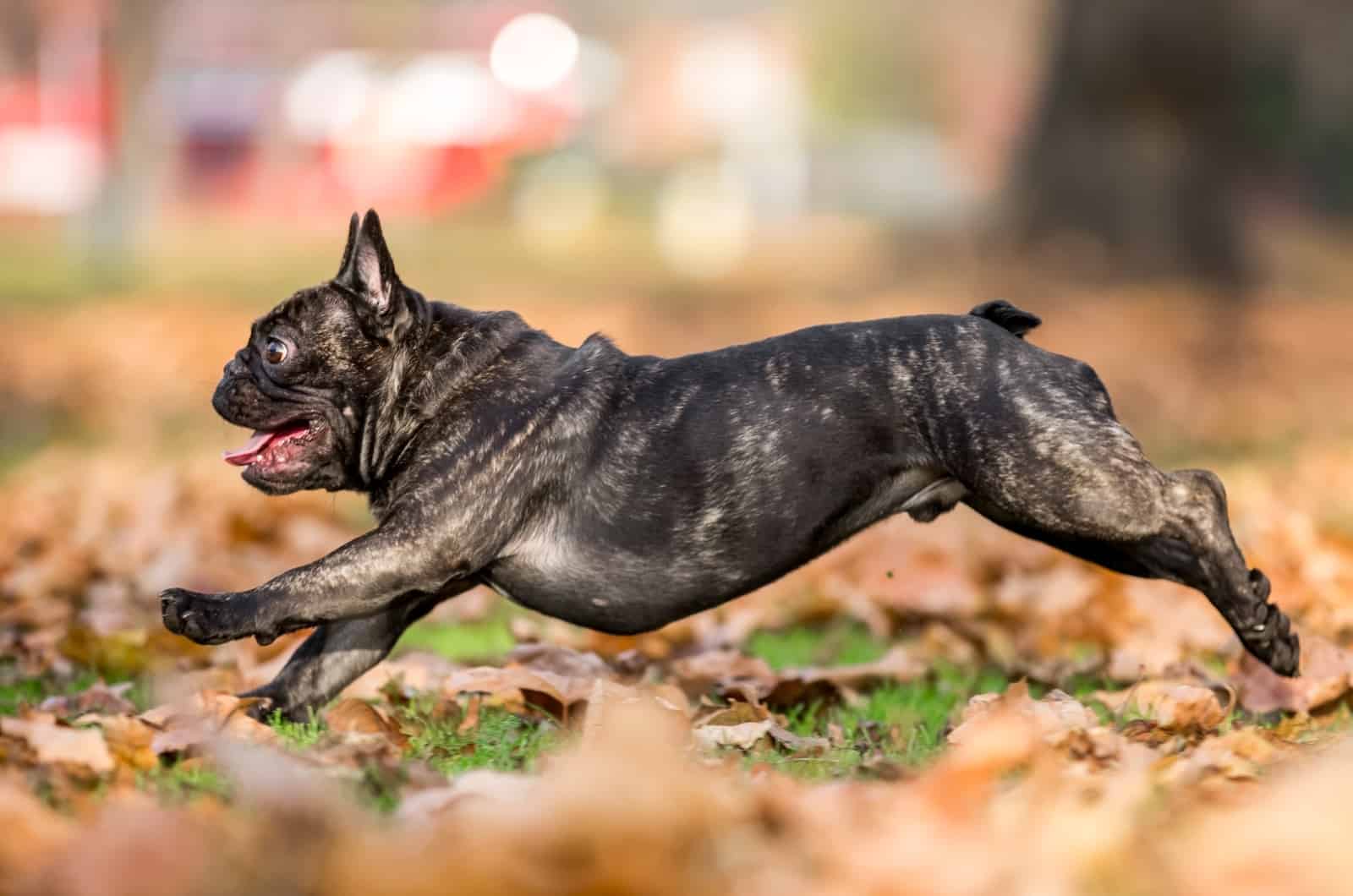
This means you will expose your dog to a stimulus that causes an aggressive reaction, but the stimulus is at a very low level so that it doesn’t cause a big reaction in dogs.
You want to “desensitize” your dog, or get him used to the things that scared him before. This is a form of socialization.
But, during socialization, we are introducing dogs to unknown situations. During desensitization, we are teaching a dog that things they already know won’t hurt them.
If your dog is fear-aggressive because of strangers, start with short walks around the neighborhood… not too long, and always on a leash.
Here are some tips:
- Stop after a while, and just stand like that for a few seconds with your dog next to you
- Give him words of encouragement
- Let him look around
- Continue moving
- Stop near the grocery store and let the dog get used to the noises
- Don’t pay attention to people
- Don’t act scared
- Give your dog words of encouragement and treats
- Go back home
You can repeat this every time you take your dog out for a walk. After a while, you can make the walks longer. Just remember to be patient, and not give up if the dog doesn’t act the way you want him to act right away.
The Conclusion
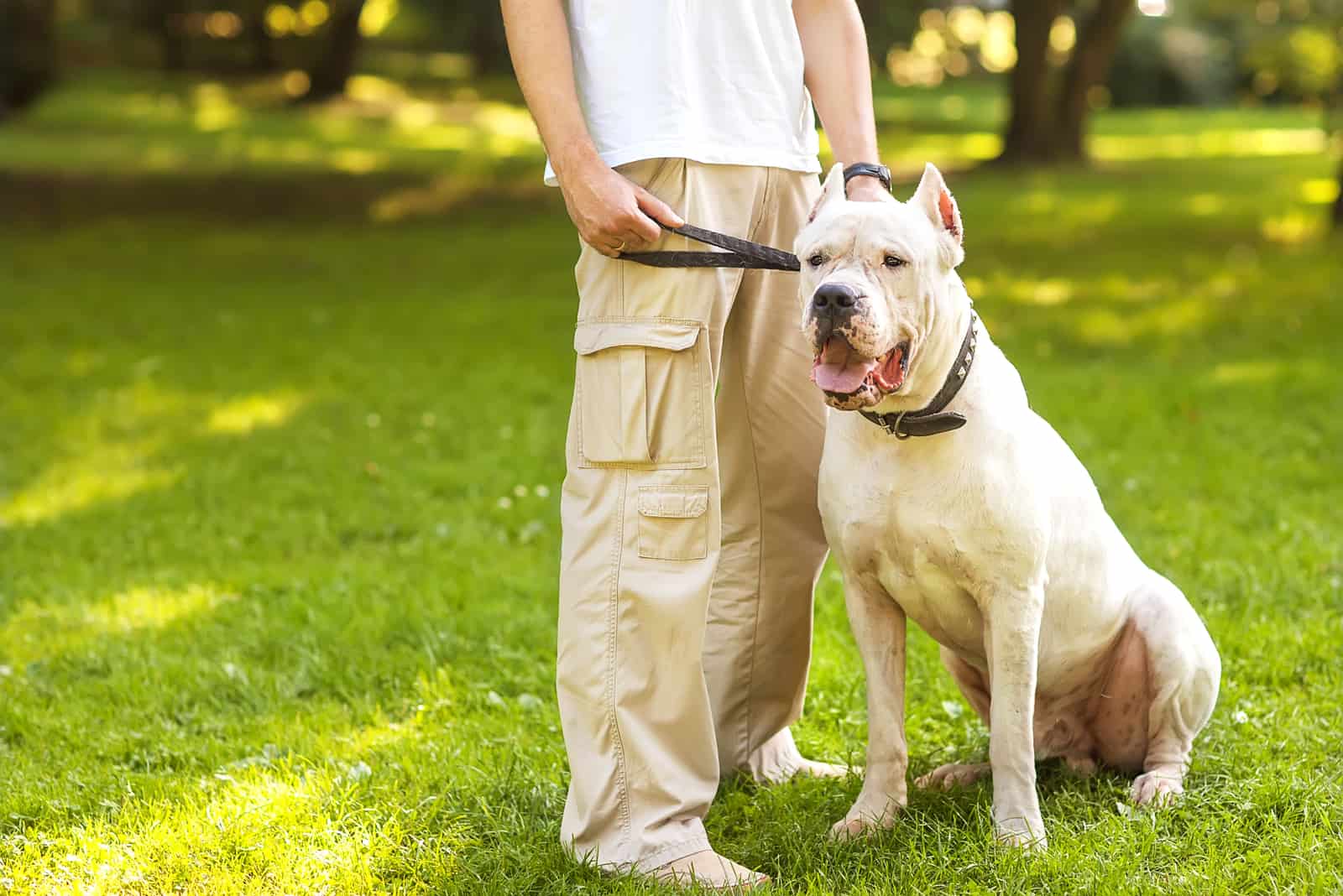
If you have a dog that is showing signs of aggression because of fear, no matter the reason behind that fear, it can be quite intimidating to deal with such a dog, especially if a dog is one of the large dogs or tall dogs. We get scared that they might hurt someone or even hurt us.
However, don’t just give up. There are ways to socialize an aggressive dog, and there are ways to train and adjust behavior in fear-aggressive dogs, too.
I wholeheartedly recommend this video: Training A Fear-Aggressive Dog
You can actually see the process, and how patient you have to be. Of course, this is a professional trainer, and if you don’t succeed right away, it doesn’t mean you should give up.
It just takes more time.
If you have the resources, you can hire a professional dog trainer.
